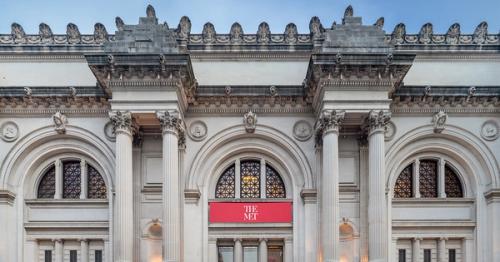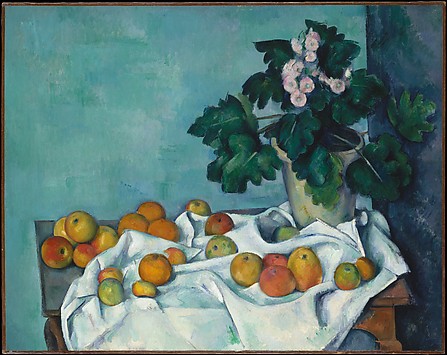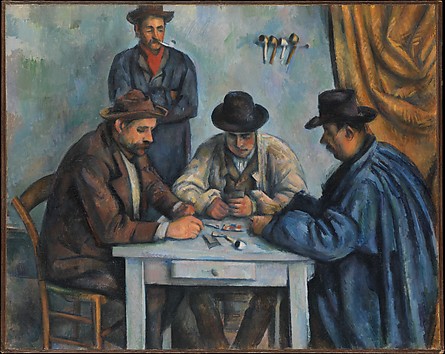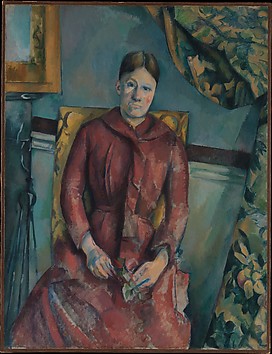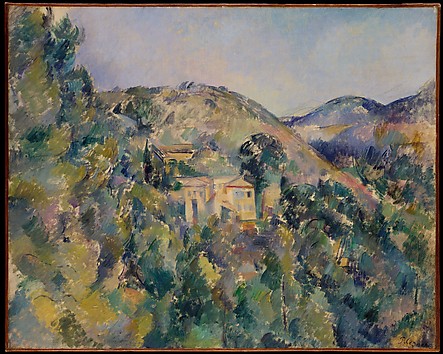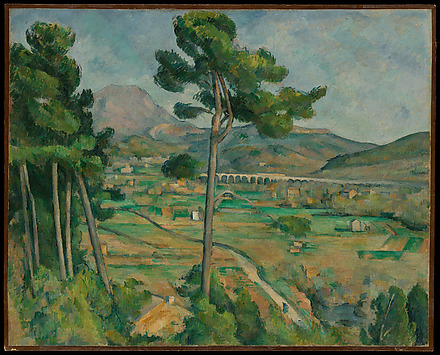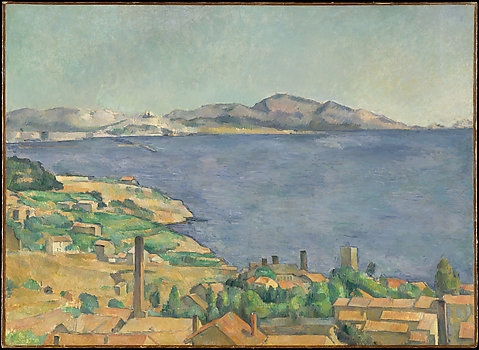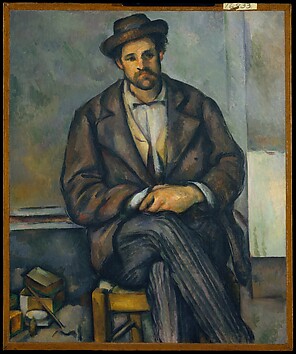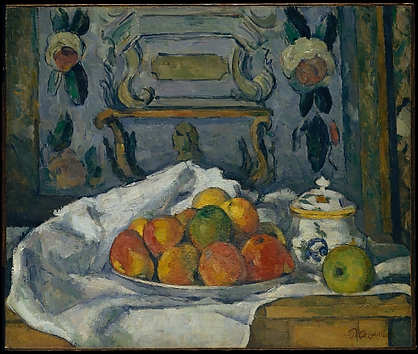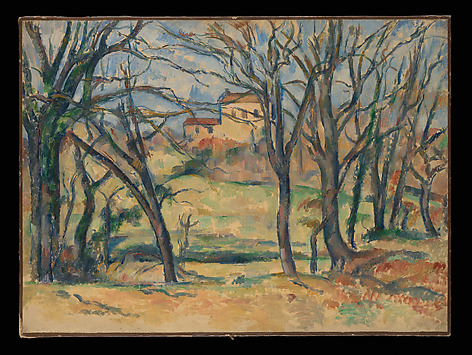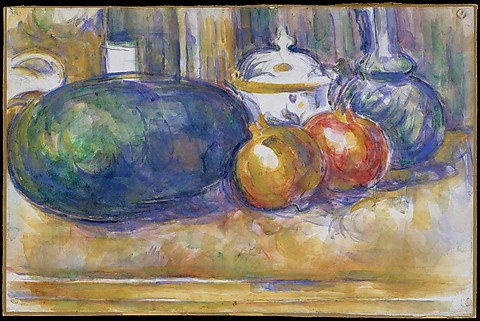Paul Cézanne’s portraits of Hortense Fiquet rank among his most powerful and iconic works. Yet posterity has not been kind to Madame Cézanne. She was called a distraction, blamed for her husband’s “lackluster” landscapes, and disdained for her impenetrable expression in his paintings—if she was acknowledged at all. The reality is much more complex, for while Fiquet and Cézanne shared a difficult relationship, she was a willing collaborator as the artist’s model, wife, mother of his only son, and unwavering partner. Madame Cézanne examines for the first time this unconventional relationship in the context of Cézanne as a painter, draftsman, and portraitist while shedding light on the most personal dialogue of all, that of artist and muse. Biographical essays are supplemented by groundbreaking interpretations of Cézanne’s portraits and captivating discussions of the artist’s working methods. Featuring all twenty-nine of Cézanne’s oil portraits of Fiquet and most of the known drawings and watercolors, Madame Cézanne both reconsiders, with insight and compassion, the long-held misconceptions about the Cézannes’ marriage, and shows how Cézanne’s portraits of his wife provide a lens through which to understand his masterly technique at the advent of modernism.
